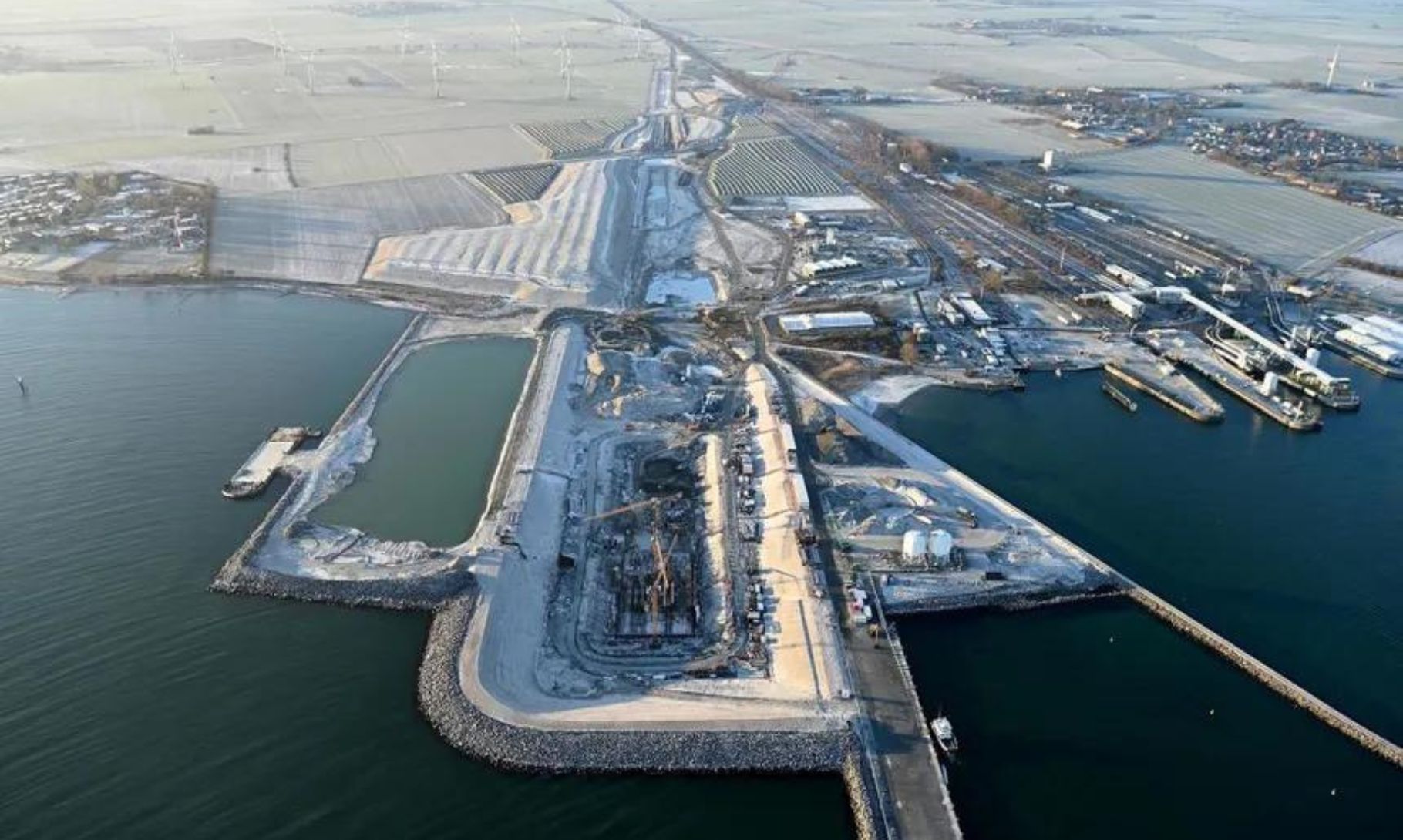Ending a long wait, the world’s longest underwater tunnel that will connect two parts of Europe will open in 2029. The Fehmarnbelt Tunnel, which is a €10 billion project, aims at cutting travel time between Central Europe and Scandinavia by connecting Denmark and Germany. The tunnel will be the longest combined rail and road tunnel globally, spanning 18 kilometers under the Baltic Sea. It will link Rødbyhavn in Denmark with Puttgarden in Germany.
Officially known as the Fehmarnbelt Fixed Link, it will have two motorways and two rail tracks, both electrified. The journey through the tunnel will take seven minutes by train and ten minutes by car, avoiding a 160-kilometer detour through Denmark. As a result, the rail travel time between Hamburg and Copenhagen will drop from five hours to under three, replacing a busy ferry route and saving nearly an hour of travel time.
Denmark plans to build high-speed electric rail lines connecting to the tunnel, with train services extending to Sweden, Norway, and Finland. This will boost regional connectivity and make transportation more efficient.
Tunnel’s construction started in 2020
The tunnel’s construction started in 2020 in Denmark and in 2021 in Germany, after ten years of planning. Most building materials are made on-site, with raw materials delivered by sea. To support this, the builders created a small village with roads, factories, and a harbor. The tunnel will be made of 89 large concrete sections, pre-built on land and then lowered into the water with a crane. Femern A/S, the Danish state-owned company is in charge, they plan to immerse the first sections by 2024. After that, the sections will be connected, and elements like railway tracks, ventilation, and cameras will be added.
Despite worries about the tunnel’s impact on wildlife in the EU-protected Fehmarn Belt, Femern A/S claims it will reduce congestion on Denmark’s roads and rails, boost capacity, and save time, energy, fuel, and CO2 emissions. The EU is investing €1.1 billion in the project, highlighting its importance for regional growth and connectivity.























